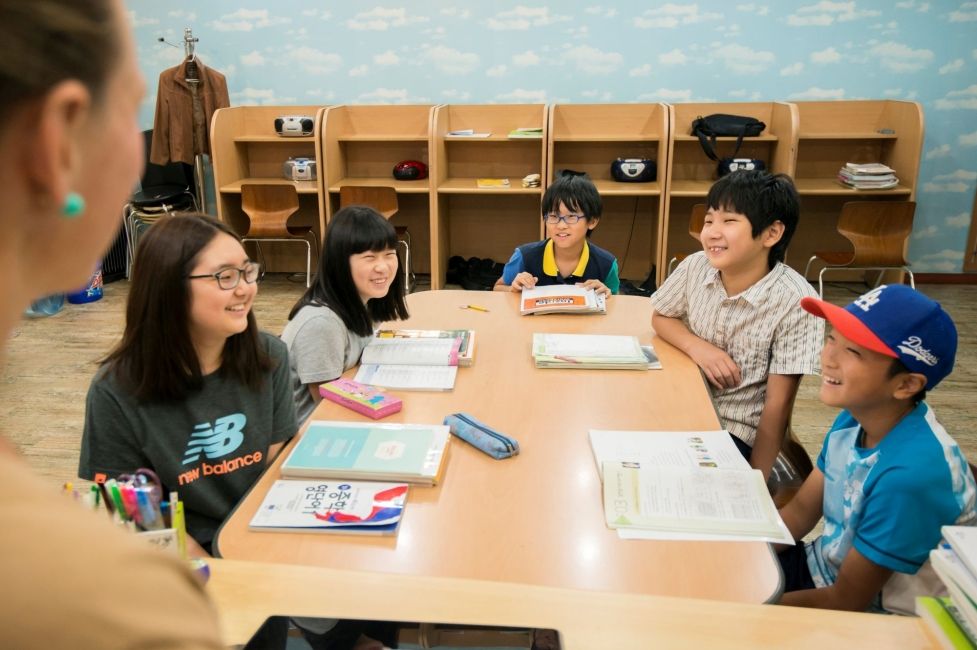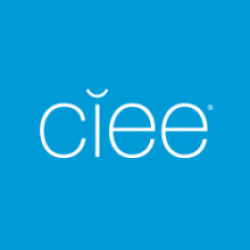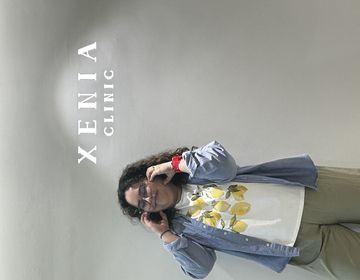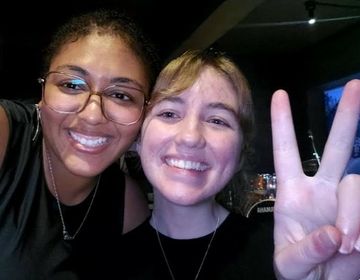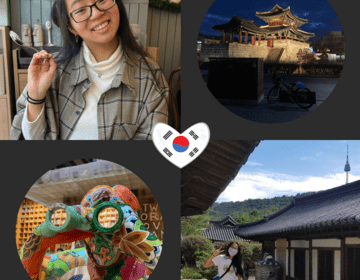What to Expect When Teaching at South Korean Private Schools (Hagwons)
If you’re having trouble deciding between teaching for South Korean public schools or private schools, you’re not alone! Deciding who to teach for is a big decision and could completely change your experience abroad. For each option, there are some pros and cons. At the end of the day, it’s all about deciding which is the best fit your you! In this article we’re going to go over what to except from teaching for South Korean private schools. But don’t worry, we have plenty of information on EPIK public schools as well!
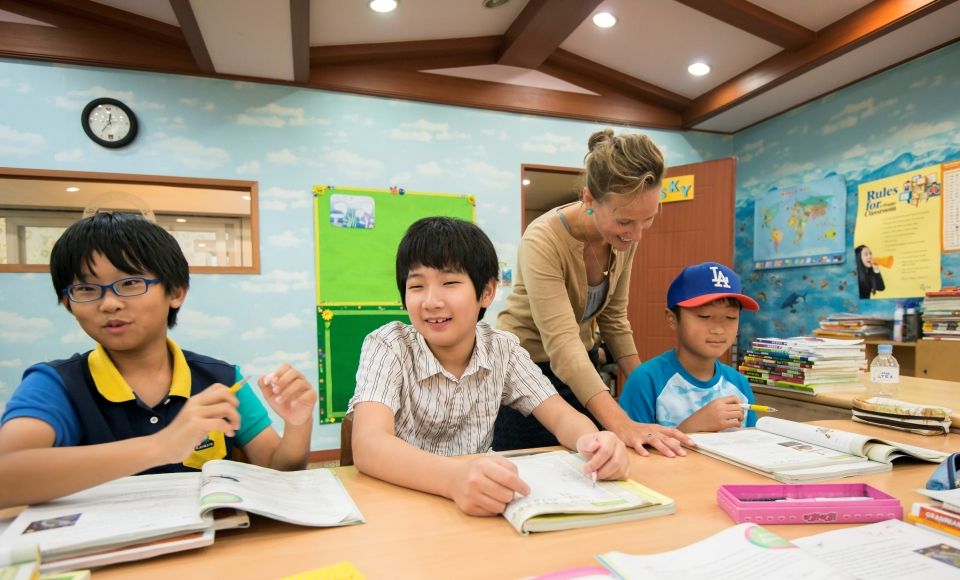
South Korean Private Schools (Hagwons)
A Hagwon is a South Korean private language school. Although there are Hagwons for other specialties other than language. South Korean students generally go to public school during the day, and then attends their additional school at their respective Hagwons in the afternoon. Or in the morning younger students (4-7) are too young to attend public school so they attend a Hagwon in the morning. Language Hagwons are generally completely in English! A little different than what you might be used to, right? This means that as an English teacher in South Korea, the private school you teach at will be specifically for learning English.
Applying to Private Schools
Unlike EPIK public schools, when you teach with CIEE, the applications for Hagwons are done for you. CIEE uses your given information and sends it to their contact in South Korea. From there, an interview is set up with CIEE’s in-country colleague so that they can get to know your preferences better. Based on your preferences from the interview, your application will be sent out by CIEE to the respective Hagwons. Pretty simple, right?
When a school decides they would like to interview you, you will be notified about the time. This can happen at a moment's notice with not too much of a heads-up. Unlike EPIK, where the school remains unknown until after orientation in Korea, this interview will allow you to speak with your employer or maybe a potential colleague. If you’re offered the position, you will get specific information about the school including the location! This is usually seen as a positive, as you will be able to meet and talk to the people you will be working with before you start, and you’ll know where you are going! If you don’t feel comfortable with the school, you can let CIEE know and we will work to answer questions or find another option.
The Teaching Position
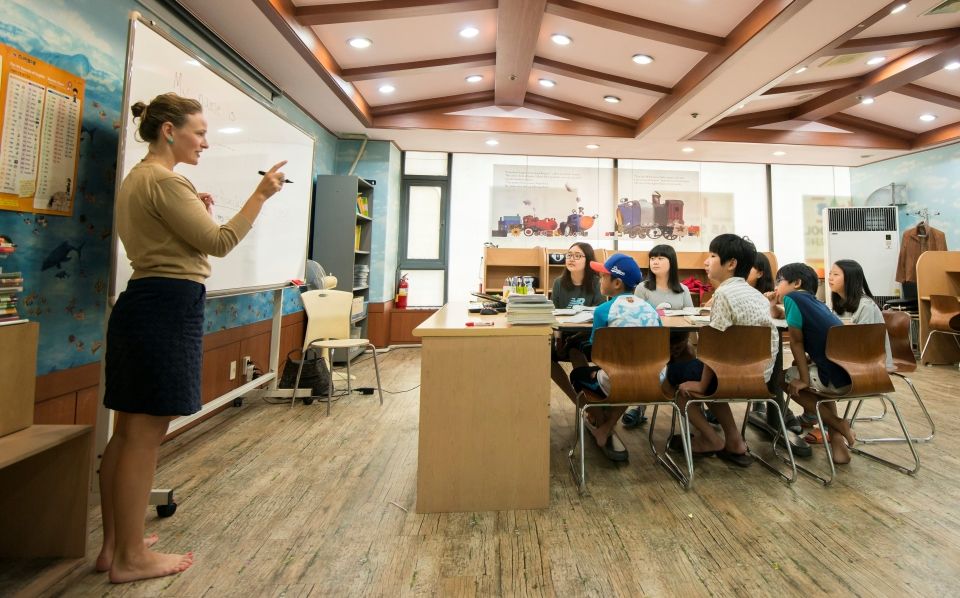
Most Hagwons are in urban areas, and as mentioned you have far more say and flexibility on where you are placed than you would if you were to teach through EPIK. However, the average school day for private school teachers looks much different. Your hours, time off and holidays will vary depending on the school you are teaching for. Because they are each their own for-profit institutions, there isn’t a whole lot of regulation. Unlike EPIK, which is completely standardized. This can be a positive or a negative. On one hand, you’ll have to have a certain level of trust that you are working a fair number of hours. On the other hand, there is far more freedom to make your teaching position personal to you!
Generally, teachers at Hagwons work about 30 direct teaching hours a week with about 8-10 paid holidays. The work week usually ends up being about 45 hours total when you include lesson prep and grading time. Because Hagwons are additional schooling for students, your teaching hours can vary from 9am to 6pm, or even 2pm to 10pm. Yes, Korean students will go to school until 10pm!
Your classroom sizes at Hagwons are much smaller than in public schools. Usually about 10-15 students. Over the course of the school year, you’ll be able to get to know your students and have a much more personal relationship with them. This is something that many teachers in South Korea are seeking out in a teaching position.
Summary
If you decide to teach abroad in South Korean with CIEE, we’re there throughout the process and provide ample support along the way. When teaching in South Korea you are provided with rent-free housing, at least one-way air fare and all the benefits that come along with a CIEE program. Deciding between teaching at public or private schools can be tough, but hopefully this information was helpful; for your decision! If you’re still having trouble figuring out what’s best for you, don’t forget to talk to your coordinator about making this big decision!
Find more information on teaching English in South Korea here!
Related Posts
How to Go to the Doctor in South Korea as an English Teacher: A Guide to Healthcare and Health Insurance
As an English teacher in South Korea, maintaining good health is essential while living abroad. Navigating the healthcare system can seem daunting and stressful at first, especially if you can’t... keep reading
CIEE CHINGU – A Partner Program for Teachers in Korea
Chingu ( 친구 ) is the Korean word for friend . CIEE Chingu is a partner program included in CIEE’s Teach in South Korea programs! Our goal is to connect... keep reading
TWICE with CIEE: Kayleigh in Korea (PART 1)
Kayleigh is a CIEE alum who participated in CIEE's Teach in South Korea program AND CIEE’s Teach in Spain Volunteer program! CLICK HERE to read her experience in Spain. WHY... keep reading
